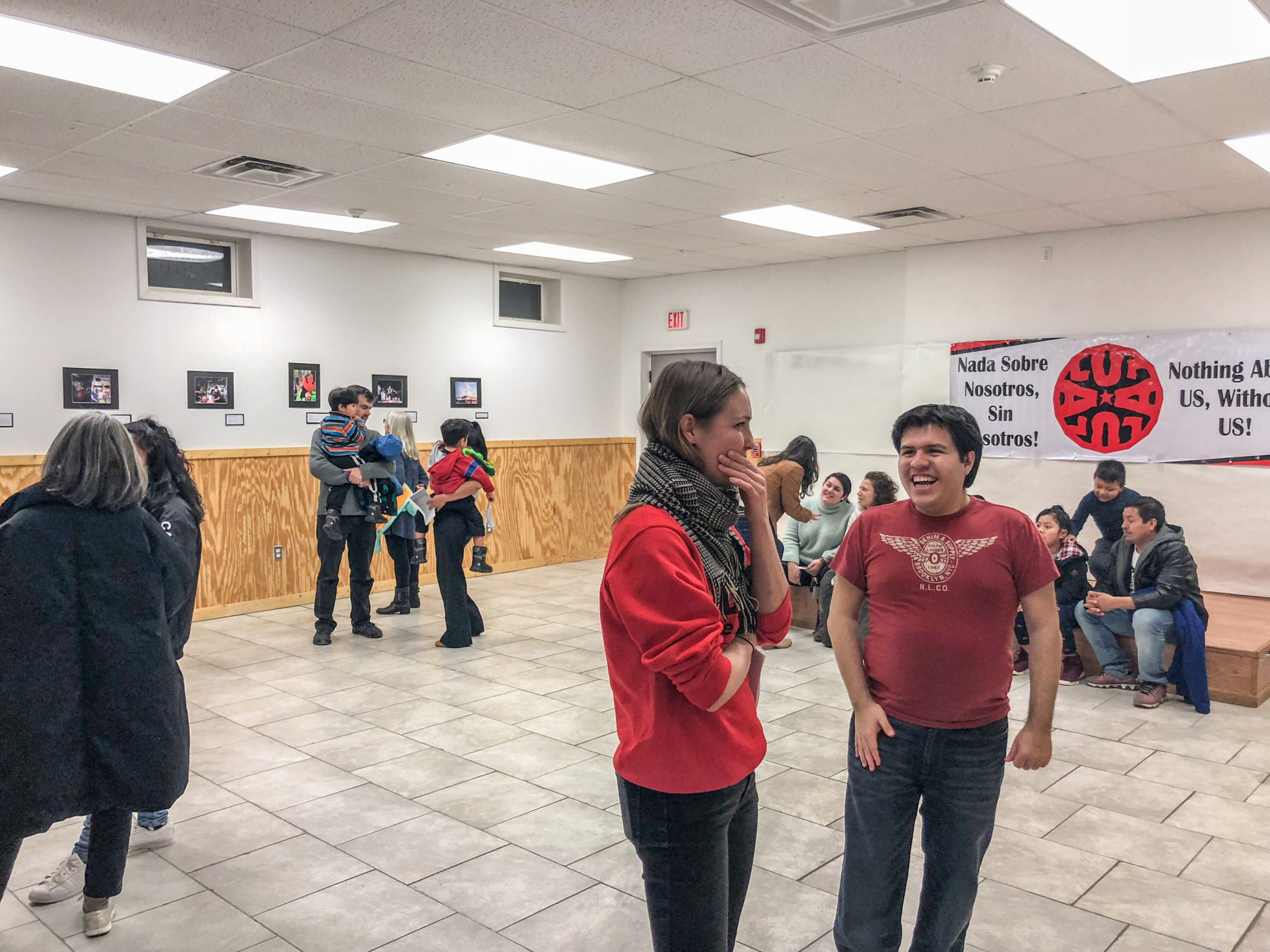
A Yale student partnered with Unidad Latina en Acción to organize an exhibition in Fair Haven on Saturday showcasing art by New Haven’s female immigrant artists.
Hosted by ULA and the Schell Center for International Human Rights, the exhibition drew approximately 70 people from the Yale and New Haven communities. The exhibit featured seven artists from four different countries of origin. Attendees got a glimpse into the rich and complex lives of immigrants, according to the many Yale students in attendance.
“Usually the way that human rights photo projects work is that there is someone walking into a community and trying to document [the members’] lives, whereas this … came from the community itself and allowed these women to express themselves, rather than just invading into their lives and portraying the way that they would like to see the community portrayed,” Veronica Vatta ’20 said.
As people entered the exhibition, ULA volunteers asked if they would like to sign a petition to codify New Haven’s sanctuary city policy in city law. The petition is part of the group’s ongoing efforts to prevent deportations in New Haven.
Fatima Rojas said her photos depict moments of “calm” and “beauty” in a forest. Rojas has spent the past 12 years as a community and union organizer advocating for immigrant rights. She said that her work with ULA began when she was exploited at work and then realized she was not the only immigrant to experience that. Because immigrants often work two to three jobs and have little time to spend with their children, Rojas said, they can rarely find the sort of calm depicted in her art.
Among her collection were images of children’s hands feeding a fire, with a caption explaining that fire forges the experience of childhood. Another photo shows light breaking through a canopy of leaves.
Julia Gilbert ’18, a member of the Human Rights Program at Yale who became interested in how photography can serve as a tool for advocacy, helped organize the exhibition as part of her work for the program. She began attending ULA meetings in the fall, and there she connected with women who wanted to form a photography group. In October, they began planning the exhibition. Gilbert said she was interested in how photography could be used as a tool for advocacy work.
For Marcelina Kubica ’20, photography is a “unique” way to communicate because it allows artists to capture reality in a moment. She added that she found it “beautiful” to be able to read the descriptions of the photos in both English and Spanish, saying that the different languages evoked different sentiments for her.
Unidad Latina en Acción was founded in New Haven in 2002.
Christina Carrafiell | christina.carrafiell@yale.edu







